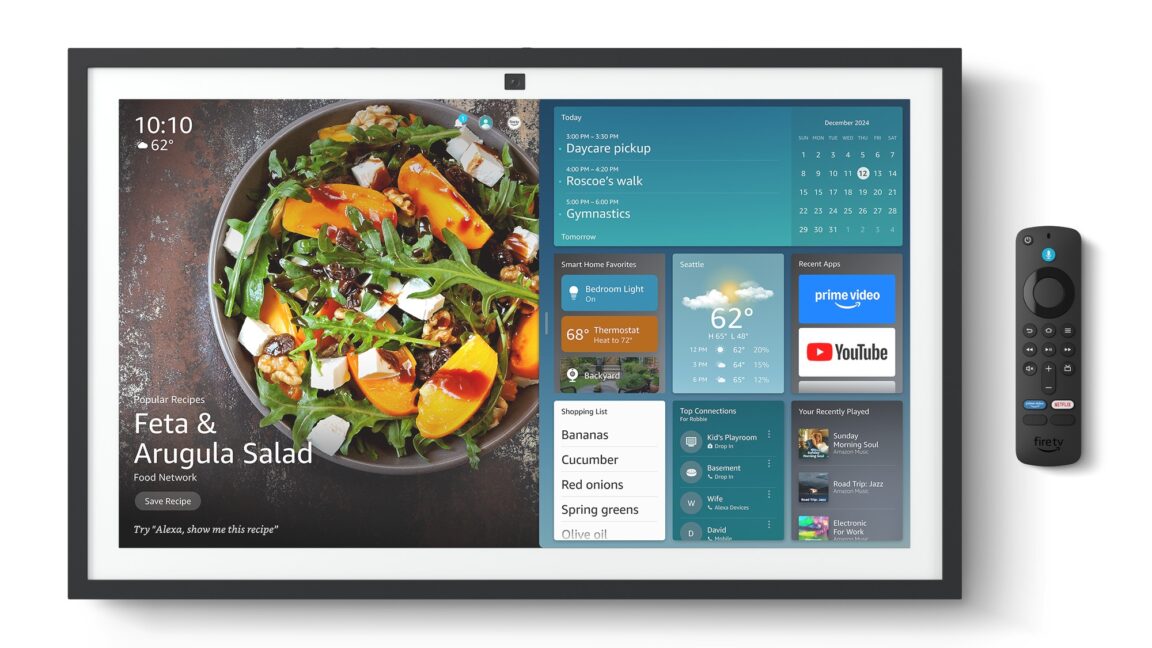Shopping
10 Ways To Save Money on Shopping That You’d Never Think Of

VLG / iStock.com
Commitment to Our Readers
GOBankingRates’ editorial team is committed to bringing you unbiased reviews and information. We use data-driven methodologies to evaluate financial products and services – our reviews and ratings are not influenced by advertisers. You can read more about our editorial guidelines and our products and services review methodology.

20 Years
Helping You Live Richer


Trusted by
Millions of Readers
Saving money on shopping is a universal goal, but you’ll hear the same old advice.
Here are a few strategies you probably haven’t considered to help you stretch your dollars further on your next grocery run.
Buy More Frozen Fruits and Veggies
Frozen fruits and vegetables are often overlooked, yet they offer a fantastic way to save money while keeping a healthy diet. Unlike fresh fruit, frozen produce doesn’t spoil as quickly, which reduces waste and frequent trips to the store. Nutritionally, frozen fruits and veggies are just as good as fresh ones since they are typically flash-frozen at peak ripeness, preserving their vitamins and minerals.
Get Spices at International Markets or Dollar Stores
Spices can be surprisingly expensive when purchased from mainstream grocery stores. However, international markets and dollar stores often offer a wide variety of spices at a fraction of the cost. Not only will you save money, but you might also discover new and exciting flavors to enhance your meals.
Buy in Bulk
Warehouse stores like Costco and Sam’s Club can be gold mines for savings, especially for non-perishable items. Buying in bulk reduces the per-unit cost of goods and minimizes the frequency of shopping trips. Just make sure you have enough storage space to accommodate larger quantities.
Buy Alternative Protein Sources
Meat can be one of the most expensive items on your grocery list. Consider alternative protein sources like eggs, beans, and canned fish. These options are often more affordable and just as nutritious. For example, beans are rich in fiber and protein, making them a versatile addition to various dishes.
Search For The “Dented Can” Or Clearance Rack
Many stores have a section for dented cans and clearance items. While the packaging might not be pristine, the contents are usually perfectly fine. These items are often heavily discounted, helping you stock up on essentials without breaking the bank.
Go for Whole Chicken Or Rotisserie Chicken
Rotisserie chickens are a convenient and cost-effective meal option. They are usually cheaper than buying and cooking a whole chicken yourself, and they come ready to eat. Plus, the leftovers can be used in various dishes like salads, sandwiches, and soups, making them a versatile addition to your meal planning. If you’d rather cook it yourself, buying a whole raw chicken is a better deal than buying legs, thighs or breast meat that has already been processed.
Shop on Wednesdays
Many grocery stores start their weekly specials on Wednesdays. Shopping on this day can give you first dibs on sale items before they run out. Additionally, some stores honor the previous week’s and the current week’s discounts on Wednesdays, doubling your savings potential.
Don’t Shop at Eye Level
Grocery stores often place the most expensive items at eye level, knowing that’s where most customers look first. To find better deals, scan the higher and lower shelves. You might be surprised at the quality and affordability of items that are not immediately in your line of sight.
Shop Less Often
Frequent shopping trips can lead to impulse buys and unnecessary spending. By shopping less often, you force yourself to use the ingredients you already have at home, reducing waste and saving money. Plan your meals ahead of time and make a comprehensive shopping list to minimize the need for mid-week trips.
Get a Raincheck
Don’t hesitate to ask for a raincheck if a sale item is sold out. A raincheck allows you to purchase the item at the sale price once it’s back in stock. This makes sure that you don’t miss out on savings due to high demand or limited supply.
More From GOBankingRates











